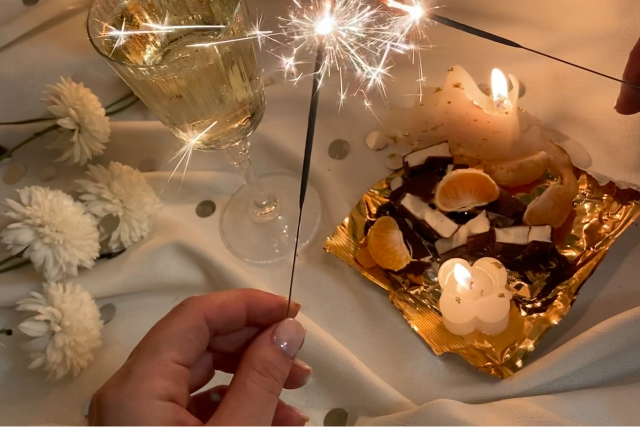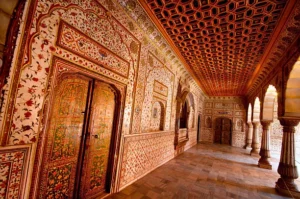India is a land of diverse cultures, traditions, and festivals. From Diwali in the north to Pongal in the south, Holi in the west to Bihu in the east, the country celebrates a myriad of festivals throughout the year. What makes these festivities even more remarkable is the profound influence they have on the architecture of different regions. India’s rich cultural tapestry seamlessly integrates with its architectural heritage, resulting in unique and captivating structures that reflect the spirit and essence of each celebration. In this article, we will delve into the importance of how different Indian festivals influence regional architecture.

Cultural Identity
Indian festivals are deeply rooted in tradition and culture. They are a testament to the country’s rich history and diversity. Regional architecture, influenced by these festivals, helps preserve and showcase this cultural identity. For instance, the ornate facades of temples in Tamil Nadu or the colorful palaces in Rajasthan stand as testaments to the culture and festivities of these regions.
Local Materials and Techniques
Festivals often require temporary structures for worship, performances, or gatherings. These structures are constructed using locally available materials and techniques. For instance, during Durga Puja in West Bengal, elaborate bamboo and cloth pandals (temporary structures) are crafted by local artisans, showcasing their unique craftsmanship and creativity.
Architectural Styles
Different festivals call for distinct architectural styles. For example, the intricate jharokhas (overhanging enclosed balconies) seen in Rajasthani architecture are not only functional but also designed to accommodate the royal family during celebrations. The fusion of Mughal, Rajput, and European styles in Jaipur’s City Palace is a testament to this architectural amalgamation.
Art and Sculpture
Festivals often involve the creation of intricate sculptures and artworks that are showcased in public spaces. The grand chariots built for the Rath Yatra in Puri or the enormous Rangoli designs during Diwali in various parts of India showcase the fusion of art and architecture. These ephemeral works of art leave a lasting impression on observers.
Community Gathering Spaces
Festivals serve as occasions for community bonding and interaction. The architecture surrounding festival venues is designed to accommodate large crowds, providing spaces for socializing, performances, and religious rituals. The sprawling courtyards of temples in South India or the grand processional routes in North India exemplify this.

Indian festivals are more than just celebrations; they are a reflection of the country’s diverse cultural heritage. The influence of these festivals on regional architecture is a testimony to the deep-rooted connection between culture, tradition, and the built environment. It is this integration that adds to the charm and uniqueness of Indian architecture. As we celebrate the festivals of India, we should also take a moment to appreciate the beauty and significance of the architectural wonders that grace our land, inspired and influenced by the vibrant tapestry of our traditions. In every brick, stone, and sculpture, one can find the soul of India, its festivals, and its people.






